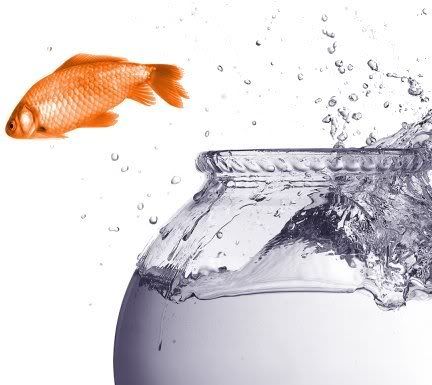Study on Antipsychotics is Startling
In Antipsychotics, Newer Isn't Better
Drug Find Shocks Researchers
By Shankar Vedantam
Washington Post Staff Writer
Tuesday, October 3, 2006
Schizophrenia patients do as well, or perhaps even better, on older psychiatric drugs compared with newer and far costlier medications, according to a study published yesterday that overturns conventional wisdom about antipsychotic drugs, which cost the United States $10 billion a year.Read the whole article here
The results are causing consternation. The researchers who conducted the trial were so certain they would find exactly the opposite that they went back to make sure the research data had not been recorded backward.
The study, funded by the British government, is the first to compare treatment results from a broad range of older antipsychotic drugs against results from newer ones. The study was requested by Britain's National Health Service to determine whether the newer drugs -- which can cost 10 times as much as the older ones -- are worth the difference in price.
There has been a surge in prescriptions of the newer antipsychotic drugs in recent years, including among children.


